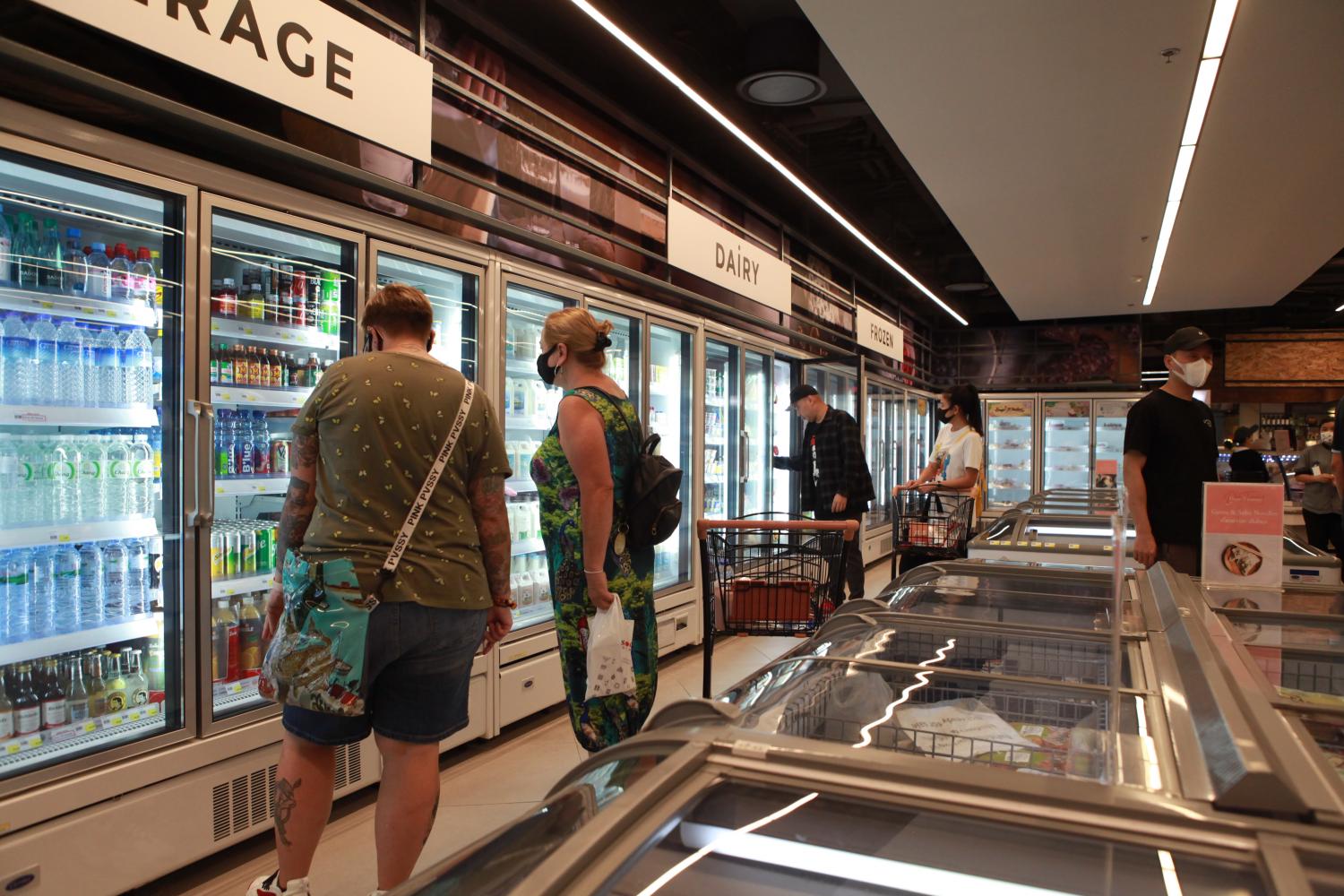
All over the world fresh food, grocery and drug retailers and their suppliers are working tirelessly to support their customers and communities to provide essential services as the coronavirus pandemic affects everyone's daily lives.
We are in a time of unprecedented challenges for these retailers, their employees and customers. But it has been heartening to see so many put the customer first and meet their most important needs, by listening to and caring for them, and adjusting their strategy and execution immediately -- be it opening hours, services, pricing, product assortment or store experience.
But in this time of crisis, it has also been crucial that retailers focus on those serving on the front lines of customer engagement: the store and distribution colleagues. By recognising their contribution and making their lives easier, they can help them continue to serve customers every day.
By analysing changes in customer behaviour and related data, we are also assessing lessons and sharing retailer responses from across our global network where retailers are at different stages of the pandemic. Here are some of the lessons from food retail we are seeing so far:
LESSONS FROM CHINA
The Chinese government took many steps in January and early February to control the coronavirus (during the peak Chinese New Year sales season, already a huge challenge to retailers). Customer behaviour changed as more time was spent in the home. Comparing the pre- and post-isolation periods we are seeing a number of things:
Customer spending is up across all segments as supermarkets take on the role of "take home" services with restaurants, coffee shops and quick-service restaurants being closed. There has also been a move away from traditional wet markets to more hygienic modern trade.
Customer spending per visit has grown significantly while frequency of visits is much lower.
Many new or infrequent customers have reassessed their local stores, with small supermarkets seeing the highest rise in sales and visits as a result of customers shopping in the place nearest their home.
There has been a significant increase in online grocery, especially in fresh food -- 10 times the average in sales before the outbreak. This has been driven not just by consumer demand, but the wider distribution of stores offering home delivery.
Consumption patterns in several categories have been changing, including:
Daily meal-related categories and instant food show greater importance and strong growth as consumers chose to cook more at home and stock up.
Significant increases in personal hygiene and household cleaning as customers become much more health-conscious.
What are the implications for other retailers? There's much to learn from the data coming from China and other affected regions. And while it is too early to fully quantify impacts and trends, we have some early indications of the massive consumer changes under way.
First, customers have prepared for lockdowns by stocking staples, baby and pet care. Fear-hoarding is going hand-in-hand with urgent shopping for basic hygiene products.
Much of this short-term, "long-life" pantry loading will likely result in a significant lag in future consumption sales, such as medicines, household and canned food.
Second, customers are doing fewer trips as social distancing and quarantine restrictions change habits and encourage nearby shopping. In doing so, consumers are trading up to larger packages, and doing more "full shop" missions not always typical in those smaller local formats. Sales per visit are increasing by up to 20% in these stores.
Third, customers are shopping more online. Most grocers are reporting record sales through e-commerce, causing some retailers to scramble to keep their websites up, maintain inventories and fulfil the demand for delivery and pickup.
Interestingly, we've found that fresh food is no longer reliant on offline retail, which could be a breakthrough for e-commerce expansion.
As online shopping behaviour becomes more developed, with convenience and quick service as advantages, we expect larger online basket sizes to help drive this channel expansion further after the pandemic subsides.
Fourth, customers are also adopting healthy living by being more conscious about personal hygiene and household cleaning.
THREE PRINCIPLES
None of these challenges are trivial. It puts pressure on retailers to act immediately, with both clear strategies for customer adaptation and operational agility. That said, top retailers are adopting three principles:
1. The paradox of "customer first": especially in times of crisis, it's all about putting the employee first. Recognise and reward your store teams for their superhuman responses in the face of crisis. Review attendance and sick-pay policies.
2. A better way of embracing customer loyalty. Understand that employees are the best loyalty-building team. They are members of the community, reflecting the values of their neighbours, speaking for their friends and families, and serving as the voice of your company back to the community. Retailers must think about growing employee loyalty to grow customer loyalty.
3. More than ever, it's about the retail basics, and serving and protecting your local community. Getting back to a solid basic level of service and dealing with demand is paramount for everyone who has just faced severe panic buying. Stock shelves with the most important items; continuity of supply is all that matters.
Hard decisions need to be made to peel back the shopping experience to the most simple offer, to enable staff to get the basics done. This means trade-offs, with a long list of activities to be paused in store to make employees' lives easier and get to a good basic service level.
Retailers who do this rapidly and best will help their communities though these difficult times and win trust, today and in the ever-uncertain future.
Dunnhumby is a pioneer in global customer data science with 30 years' experience and 46 offices in 27 countries.